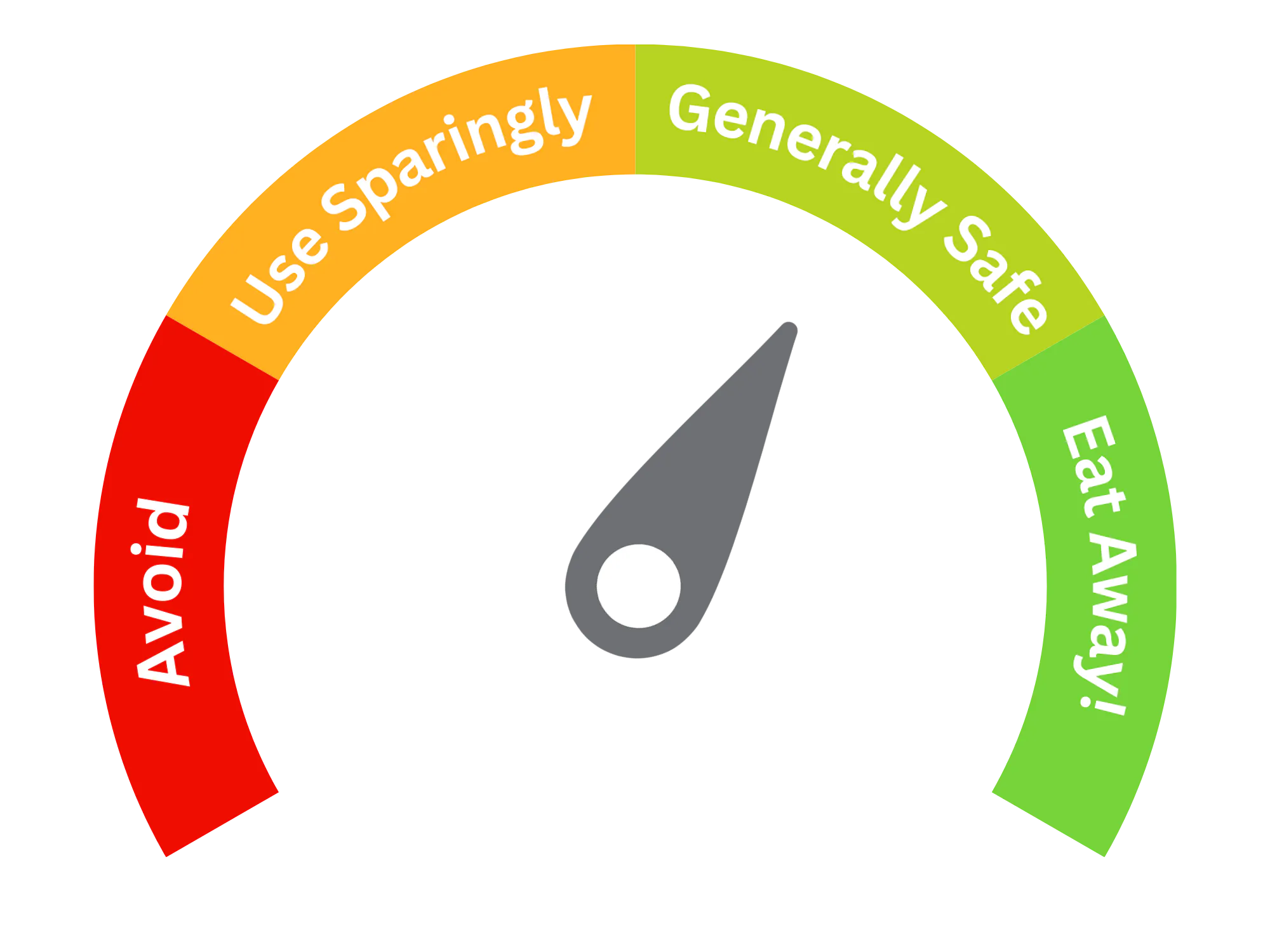Potassium Lactate (E326)
| Type of additive (Glossary) | Acidity Regulators, Antioxidants, Emulsifiers, Humectants |
| E Number | E326 |
| Chemical Formula | C3H5KO3 |

Purpose and Function
Potassium Lactate (E326) is used in the food industry primarily as an acidity regulator and preservative. It helps to control the pH of food products, extend shelf life, and enhance flavor. Its hygroscopic properties also help retain moisture, which is beneficial in certain products. Common applications include:
- Processed meats: Used to maintain flavor, improve moisture retention, and extend shelf life in products like ham, sausages, and deli meats.
- Baked goods: Helps regulate acidity and extends the shelf life of bread, pastries, and cakes.
- Dairy products: Helps maintain texture and quality in items like cheese.
- Sauces and dressings: Acts as a stabilizer and acidity regulator.
- Beverages: Found in electrolyte drinks and sports drinks as a potassium source for replenishment.
Potassium Lactate (E326) is derived from lactic acid, which is naturally produced during the fermentation of sugars.
Potential Risks and Side Effects
Potassium Lactate (E326) is generally considered safe when used within regulated limits, but some considerations include:
- High potassium intake: People with kidney problems or those on potassium-restricted diets should be cautious with foods containing potassium lactate, as excessive potassium intake can lead to hyperkalemia (high blood potassium levels).
- Lactic acid sensitivity: Individuals with certain metabolic conditions, such as lactic acidosis, should consult a healthcare professional before consuming products with lactic acid derivatives.
- Regulatory approval: Potassium Lactate (E326) is approved for use in many countries, including the European Union and the United States, where it is considered safe and effective for use in food products.
Overall, Potassium Lactate (E326) is regarded as a safe and effective food additive with multiple beneficial functions.
